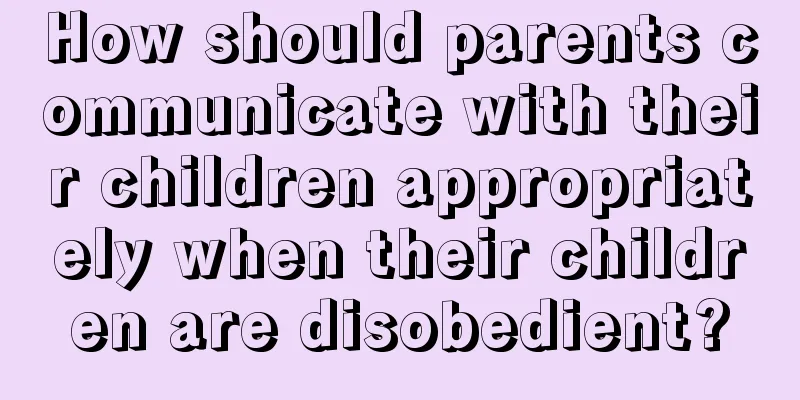What are the correct postures for holding a baby?

|
When the baby is born amidst anticipation, the whole family becomes busy and at a loss as to what to do in order to take care of the baby. Even when holding the baby, the family has to be very careful for fear of hurting the baby. Generally, children should not be held upright within 3 months, as this will harm the child's cervical spine. Of course, there are some rules for holding children, and it is necessary to understand them. 1. Horizontal hold Newborns can only be held horizontally. When the baby is lying on his back, the mother gently inserts her left hand under his waist and buttocks, then gently places her right hand under the baby's head and neck and slowly picks him up. Then, slowly move the right hand behind the baby's head toward the left arm, allowing the baby's head to rest on the mother's left hand. In this way, the baby's body has support and his head will not droop back; holding the baby horizontally in the mother's arms will make him feel very comfortable and safe. 2. Hold vertically After the baby is two months old, you can hold him upright. Vertical holding is usually used after feeding. After the baby has finished feeding, the mother sits still and slightly adjusts the baby's position so that the baby's buttocks sit on her legs, supporting his back with one hand and his head and neck with the other hand. To burp your baby, pat him/her gently on the back with the hand that is placed on his/her back. This holding position helps with burping and makes a full tummy feel more comfortable. 3. Let the baby sit on the mother's lap Older babies can adopt this holding position, which is generally used when playing with the baby. Let the baby and mother face each other, spread the baby's legs and let him sit on the mother's hips. The mother supports his back with one hand and the baby's head and neck with the other hand. If the baby feels unsafe at this time, he will grab the mother's arms with his little hands. 4. Hold your baby while standing This holding position is also suitable for older babies, as it allows the baby to have a wider field of vision. When the mother stands up, don't stand straight first. Bend over and stand up slowly, allowing the upper body and baby to separate naturally. After standing up, the mother supports the baby's neck and back with her hands, leans her upper body slightly forward, and looks at the baby gently with her eyes. Then, the mother can naturally place the baby's head on her chest. Make sure your hands are on the baby's neck and buttocks to avoid accidents due to poor holding. |
<<: What to do if your child has toothache
Recommend
Neonatal Sepsis
Sepsis is a disease caused by bacterial invasion....
Height and weight of a 2 and a half year old baby
In fact, there is a standard value for the height...
What should I do if my baby has mild pneumonia?
Pneumonia is a common disease among our babies. I...
What should I do if my child has asymmetrical eyes?
Many parents will find that their baby's eyes...
How to care for a 3-year-old child with fever and cramps?
The most obvious symptom when a child has a fever...
Why does the newborn baby keep stretching and crying when sleeping?
Some newborns sleep very uneasily, always like to...
Reasons why babies snore
For those who are just starting to become parents...
What should I do if my child has an itchy throat?
Although many parents attach great importance to ...
What is the value of pathological jaundice?
Jaundice is a very common disease in our lives, a...
What causes chronic anorexia in children?
Children are a special group of people. If they a...
Is it a problem if a newborn baby doesn't eat at night?
If a newborn baby does not eat at night, parents ...
What are the symptoms of urinary stones in children
Urinary tract stones are not exclusive to adults....
How many times a day is normal for a newborn baby to poop?
Newborns begin to slowly adapt to the external en...
The difference between measles and rubella
Children's physical resistance cannot be comp...
Why are baby's feet shaking?
Everyone knows that the baby's physical devel...









